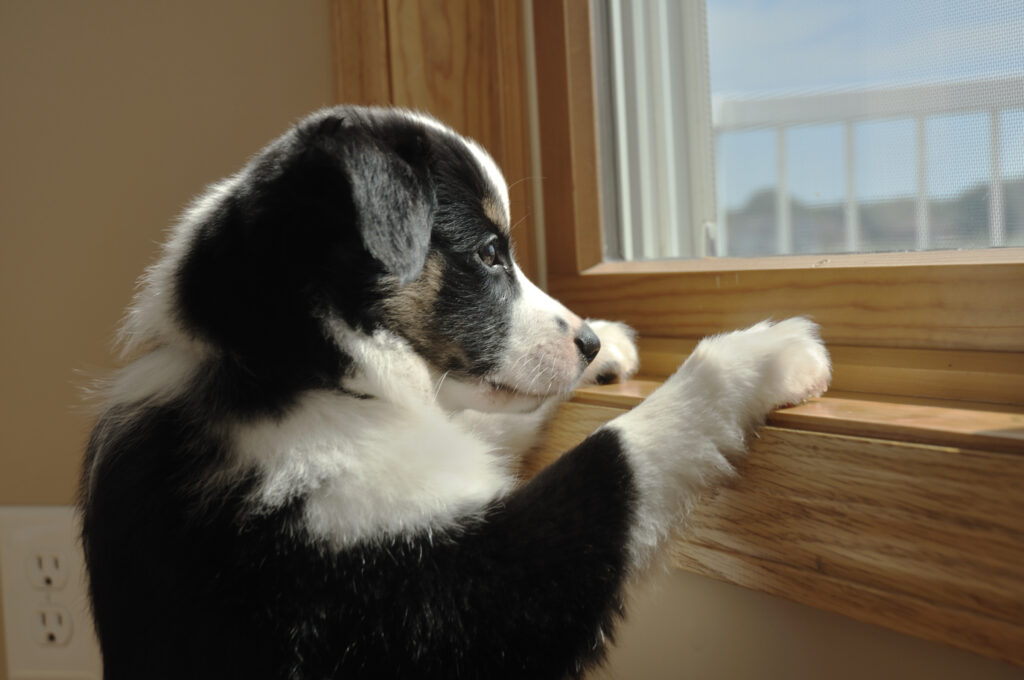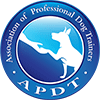 Does your dog give you this look when you leave?
Does your dog give you this look when you leave?
Dogs are intensely social creatures that find it hard to spend hours alone each day. Many dogs are finding alone time more challenging than usual after having their humans at home during the pandemic. Often, problematic dog behaviors can be directly attributed to boredom and loneliness: Chewing, digging, barking, destructive behaviors, and separation anxiety. If that’s your dog, here are some ways you can help:
Physical Exercise to Ease Separation Anxiety
Passing the day is easier if you’re napping. Exercise makes your dog healthier, happier, and much calmer. For absences of a few hours to half a day, be sure to give your dog a workout before you leave. Throw a ball or a Frisbee, play tug, or let your dog play with other dogs for 20–30 minutes. For absences of more than 4 hours, consider getting a dog walker (if you haven’t got one already) or, if your dog is social and enjoys the company of other dogs, enrolling your dog in a doggie daycare.
Mental Exercise To Keep Your Dog Busy
Mental stimulation—providing outlets for natural canine energy—will also help to keep your dog out of mischief. Interactive toys come in the brain puzzle variety (hide-and-seek boxes, slow-feeders); and food puzzles (stuffed Kongs, treat balls). If you have only one dog, another good option is the The Pet Tutor from Smart Animal Training Systems.
When to Get Help for Your Dog
Separation anxiety requires expert assistance. Call a force-free trainer for advice if you see any of the following: Excessive barking, urination or defecation within minutes of your departure, excessive anxiety when you’re getting ready to leave, frantic greetings when you return, digging or chewing at exit points (doors, window frames), self-mutilation, and escape attempts.




Leave a Reply